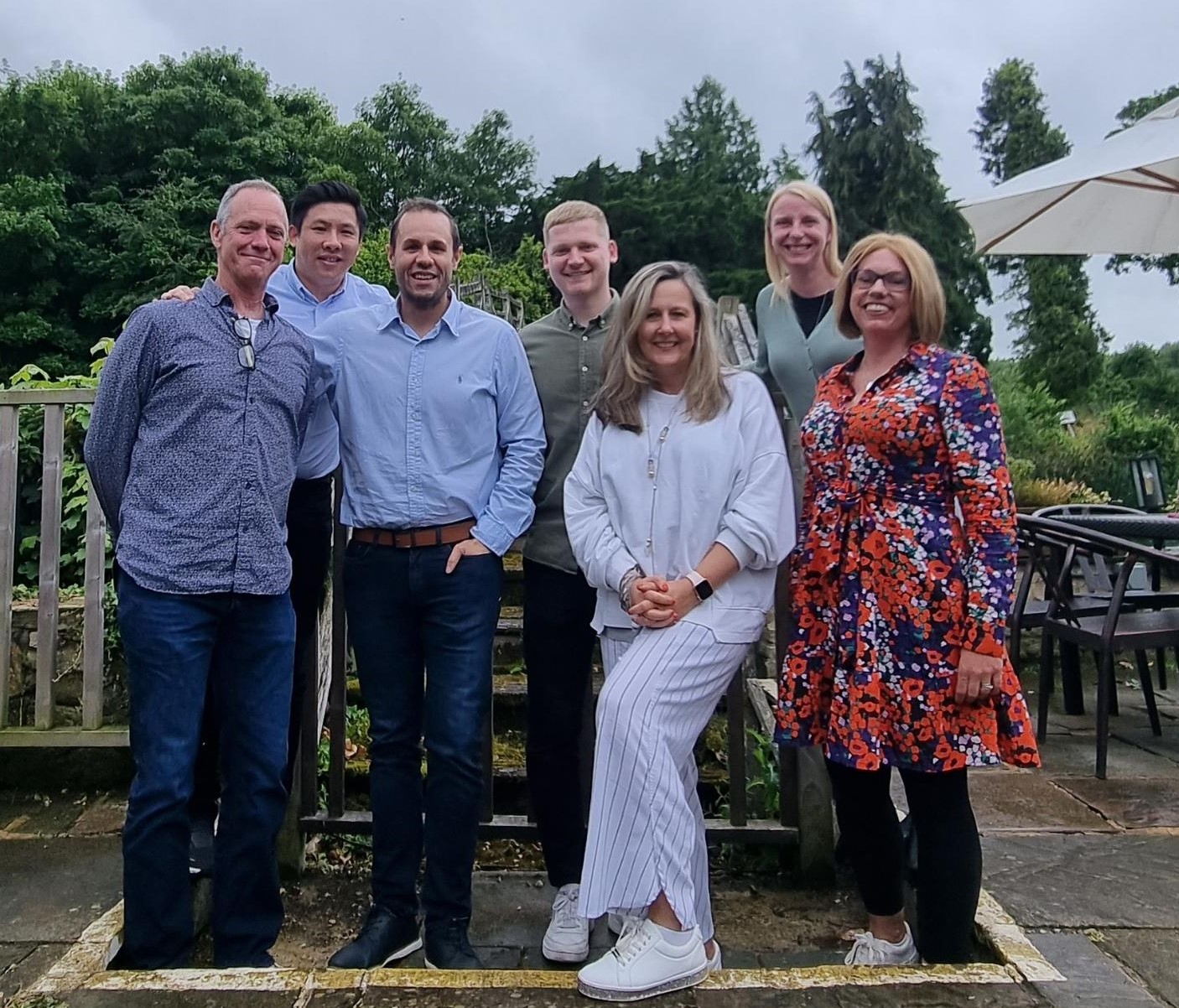We ran a 2016 webinar poll, in which 41% of the viewing HR & L&D managers and directors said that the number one challenge facing their business was a lack of future leadership capability to meet their long-term goals.
Two questions clearly on the minds of many of us in Human Resource and Development right now are:
- How do we best select and develop leaders for the future?
- How do we ensure we get the best returns on our investment?
In November, at the HR Vision conference in London, we’ll be running a practical workshop to show senior HR managers how they can use data, most of which they already have at their fingertips, to give them greater insights when making decisions relating to the above questions.
Ahead of this session, we thought we’d share our views on a few of the ways that HR analytics can really help you move forward when you are faced with similar leadership challenges as our webinar viewers …
1. Help leaders to know what to do…
…by reframing business challenges into specific leadership demands. Leaders are faced with competitive threats, pressure to reduce costs and improve efficiency, ever-changing expectations of customers, employees and so on – often all at the same time! A leader’s challenge is often to decide what to do first and what to leave for tomorrow.
By using a simple leadership task framework in conjunction with personality and performance data, you can help leaders within your business make greater sense of their leadership challenges and determine where they can best place their and others’ efforts for their task ahead.
2. Discover what good leadership looks like in YOUR business
Research tell us that when it comes to leadership, context matters, a lot. The country, industry, market factors, business size, structure, age of the company etc. all play an important part in determining which leadership styles or behaviours will lead to success. One size absolutely does not fit all when it comes to leadership.
Using data about your leaders and business outcomes (e.g. financial figures, staff turn-over, employee engagement results) you can determine what kinds of leaders and leadership work best for YOUR business. That picture can shift so it’s also important to collect and use this data continuously.
3. Use talent analytics to focus development in the right places
Not all weaknesses are development opportunities. It is rare to find an individual leader who is brilliant in all domains of leadership. Studies typically show that fewer than 10% are, even when they have made significant efforts to get there.
Olympic heptathlon champion, Jessica Ennis-Hill, is a fantastic runner and jumper. However, she’s weaker in the throwing events. Similarly, we know that a person’s personality makes it easy to learn and perform some leadership tasks and at the same time makes other tasks more difficult. For example, curious, open-minded people are typically better at strategic tasks, but they tend to be less effective when it comes to operational leadership, where a high level of focus is required.
Now imagine if Jessica Ennis-Hill were to focus her development time and money largely on increasing her upper body strength so that she could improve her Javelin and Shot put. Her running and jumping would most likely suffer from the changes to her body size and shape. Jessica wins by focussing on those events which come most naturally to her, maximising her points there, and developing just enough in the others.
Similarly, using personality, values and cognitive ability data, you can support future leaders by focussing their development in the right areas. In doing so, you can ensure that you have gold medallists in each domain of leadership by the time they reach senior positions.
4. Make data-driven decisions when selecting leaders
Managers are a significant investment in any business. Making the wrong selection decisions not only has a financial impact on a business, with recruitment and training outlays to consider, but there is also a significant cost associated with the damage a poor hire can do to staff morale, safety or performance.
Using HR analytics, once you have a better understanding of what works and doesn’t work in your business in terms of leadership styles and behaviours, you can help the business to make better, more data-driven hiring decisions.
5. Invest your budgets in the right places
It can be challenging to gain budget and justify spend on development when the returns on investment are often long-term and intangible.
Developing ongoing HR analytic processes, and using leadership data, can enable you to make more informed decisions on where to invest and to better quantify your return on those investments into leadership. HR and Talent analytics processes and data:
- help you to identify organisational development needs;
- allow you to map changes in company or people’s performance before and after development initiatives in order to quantify returns on investment;
- highlight when a development activity is not having the desired affect (or even having a negative affect) and point to the required amendments.
To find out more about our approach to HR analytics and improving leadership within your organisation take a look around our website.





















